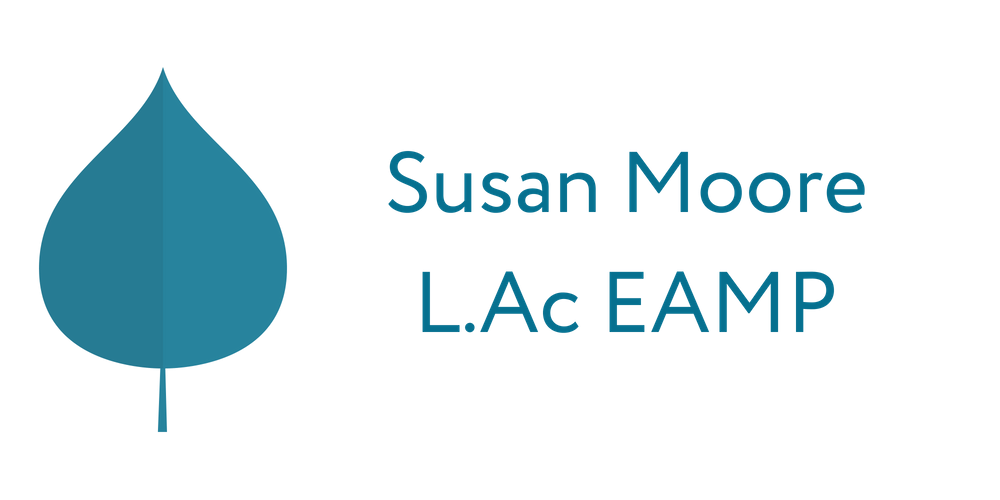Hey there, schedule your appointment instantly!
Traditional Asian Medicine
Traditional Asian medicine is a comprehensive system of health care with a continuous clinical tradition of over 3,000 years. It includes acupuncture and herbal treatment as well as massage (tuina), dietary therapy, meditation, and exercise.

What is Asian Medicine?
Traditional Asian medicine is a comprehensive system of health care with a continuous clinical tradition of over 3,000 years. It includes acupuncture and herbal treatment as well as massage (tuina), dietary therapy, meditation, and exercise.
How does it work?
Asian medicine is based on an energetic model rather than the biochemical model of Western medicine. The ancient Chinese recognized the vital energy behind all life forms and life processes. They called this energy Qi (pronounced "chee").
Ancient physicians, in developing and understanding the prevention and cure of disease, discovered a system of specific energetic pathways in the human body. Acupuncture points are located along these pathways. Each point has a predictable effect upon the vital energy passing through it. Modern science has been able to measure the electrical charges at these points, thus corroborating the locations of the meridians mapped by the ancients.
Disease is considered to arise because of deficiency or imbalance of vital energy resulting from such factors as: trauma, stress, diet, pathogenic factors and genetic tendencies. Acupuncture disrupts the patterns of deficiency or imbalance and enhances the body's own natural ability to heal.
Traditional Asian medicine is a comprehensive system of health care with a continuous clinical tradition of over 3,000 years. It includes acupuncture and herbal treatment as well as massage (tuina), dietary therapy, meditation, and exercise.
How does it work?
Asian medicine is based on an energetic model rather than the biochemical model of Western medicine. The ancient Chinese recognized the vital energy behind all life forms and life processes. They called this energy Qi (pronounced "chee").
Ancient physicians, in developing and understanding the prevention and cure of disease, discovered a system of specific energetic pathways in the human body. Acupuncture points are located along these pathways. Each point has a predictable effect upon the vital energy passing through it. Modern science has been able to measure the electrical charges at these points, thus corroborating the locations of the meridians mapped by the ancients.
Disease is considered to arise because of deficiency or imbalance of vital energy resulting from such factors as: trauma, stress, diet, pathogenic factors and genetic tendencies. Acupuncture disrupts the patterns of deficiency or imbalance and enhances the body's own natural ability to heal.
Acupuncture
Toyohari Japanese Acupuncture
Toyohari is a form of gentle acupuncture originating in Japan. Acupuncture came from China to Japan in the sixth century and since the 17th century has been highly developed by blind acupuncturists. Today, as many as 40% of acupuncturists in Japan are blind and emphasize touch and feeling in diagnosing. A Toyohari treatment consists of palpation (touch) of the abdomen and channel pathways, taking the pulse, then non-needle stimulation of acupuncture points. If needed, very shallow needling might be done but can be avoided for those who are sensitive. This type of acupuncture is very effective and is used on adults and children and can be specifically requested.
Toyohari is a form of gentle acupuncture originating in Japan. Acupuncture came from China to Japan in the sixth century and since the 17th century has been highly developed by blind acupuncturists. Today, as many as 40% of acupuncturists in Japan are blind and emphasize touch and feeling in diagnosing. A Toyohari treatment consists of palpation (touch) of the abdomen and channel pathways, taking the pulse, then non-needle stimulation of acupuncture points. If needed, very shallow needling might be done but can be avoided for those who are sensitive. This type of acupuncture is very effective and is used on adults and children and can be specifically requested.

What can I expect in a treatment?
Many conditions may be alleviated very rapidly by acupuncture and herbs; however, some conditions which have arisen over a course of years will be relieved only with slow, steady progress. As in any form of healing, the patient's attitude, diet, determination and lifestyle will affect the outcome of a course of treatment. Traditional Asian medicine is also an educational process in which the patient becomes more aware of his or her own body, thus increasing its ability to maintain well-being.
Although there are techniques in traditional Asian medicine for healing most conditions, there are medical circumstances which can be dealt with more effectively by Western medicine. In such cases, your acupuncturist will recommend that you contact a physician.
Is Acupuncture safe?
In the hands of a licensed acupuncturist, your safety is assured. The needles are sterilized and disposable.
Is Acupuncture painful?
Acupuncture bears no resemblance to the feeling of receiving an injection, since the main source of pain from an injection is the larger diameter, hollow needle, and the medication being forced into the tissues by pressure. Acupuncture needles are very fine and flexible, about the diameter of a human hair. In most cases, insertion by a skilled practitioner is performed with a minimum of discomfort. Most patients find the treatments relaxing and many fall asleep during the treatments. In some cases it is not necessary to use needles at all. Non- needle insertion treatments are an option and are especially helpful in treating children.
Our Team

